1. Excessive Clutter on Surfaces
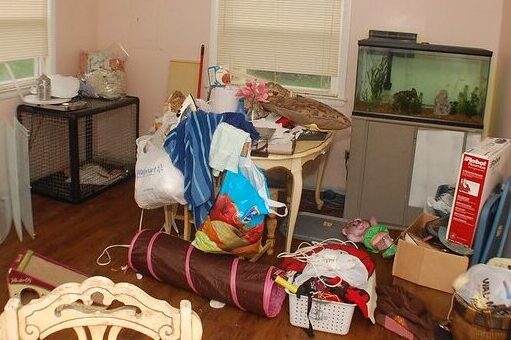
Countertops covered in décor, side tables stacked with trinkets, and visible cords turn visual space into noise. Even if the footprint is generous, clutter shrinks perception. It’s not the size—it’s the saturation. Surface chaos narrows the gaze.
Fix: Embrace intentional styling with grouped objects, trays, and negative space. Use hidden storage for everyday items. A clear surface feels like a clear mind. Less on top means more around.
2. Bulky Furniture That Overpowers
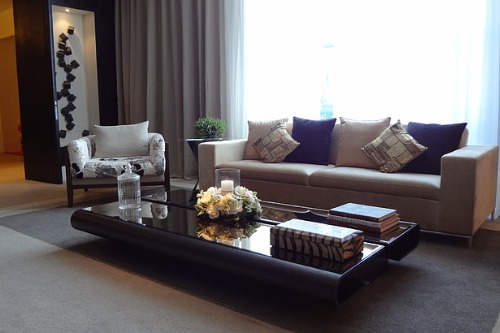
Oversized sofas, massive coffee tables, and wide armoires may look luxurious—but in modest rooms, they eat up visual and physical space. They limit walking flow, block light, and make even spacious homes feel cramped. Large doesn’t always mean cozy. It’s a square-foot sinkhole.
Fix: Opt for slim-line furniture with exposed legs or low profiles. Modular pieces and multi-functional items (like storage ottomans) offer flexibility without bulk. You’re not downsizing comfort—just streamlining presence. Let the room breathe around the furniture.
3. Dark Walls Without Contrast
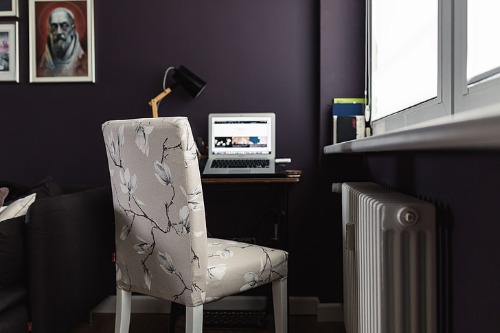
While moody hues can be stunning, using dark paint throughout without lighter accents can compress a room’s feel. Shadows deepen, corners disappear, and the eye doesn’t travel. The effect can be elegant—but emotionally confining. Saturation isn’t always spacious.
Fix: Pair deep tones with light trim, mirrors, or brighter furnishings. Even a pale ceiling can lift the room visually. Depth needs contrast to feel dimensional. Shadow should flirt—not smother.
4. Too Many Small Rugs
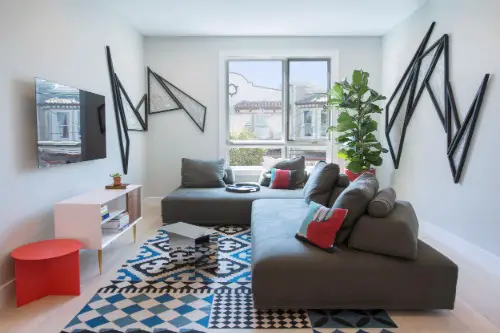
Layering multiple tiny rugs can fracture a room visually, breaking it into pieces and making it feel disjointed. Each rug demands its own zone, and the eye struggles to connect the dots. Instead of unity, you get interruption. The floor stops flowing.
Fix: Use one appropriately sized rug to anchor a space or define zones with larger, coordinating textiles. Ensure furniture sits properly on each rug to build cohesion. A grounded floor builds emotional spaciousness. One strong base beats five scattered pads.
5. Heavy Window Coverings
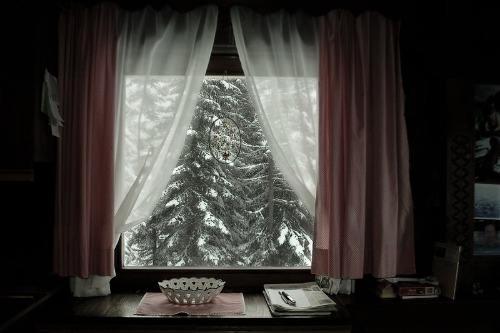
Thick, dark drapes block natural light and add visual weight that can overwhelm smaller rooms. They shorten sightlines and hide views that might extend spatial perception. Even ornate rods and valances add bulk. The windows feel walled in.
Fix: Choose light-filtering curtains, sheer panels, or streamlined blinds. Mount treatments above the frame to elongate windows. Let light be your co-designer. Brightness is psychological square footage.
6. Lack of Vertical Storage
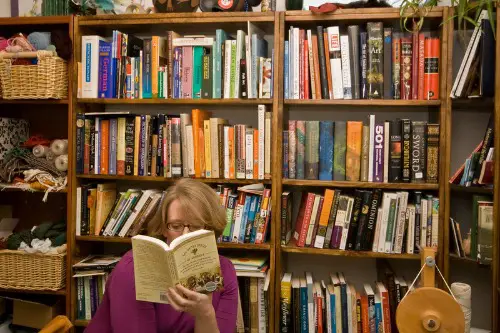
Flat furniture like low cabinets and sideboards fill floor space without using upward room. Wall height becomes wasted real estate. The result is crowding below and emptiness above. You lose storage—and style.
Fix: Add tall bookshelves, wall-mounted units, or hanging organizers to elevate functionality. Vertical design draws the eye up, lifting the room visually. Every wall is a potential boost. Go higher to feel wider.
7. Clashing Color Schemes
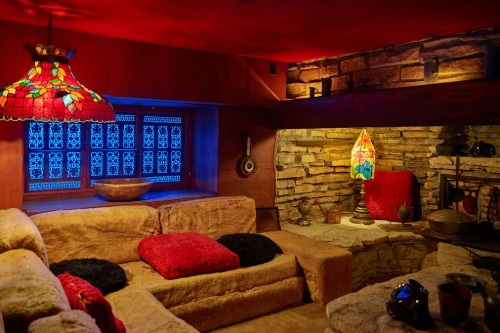
Multiple bold colors in one room—especially with lots of contrast—can feel frenetic and visually tight. Without a palette anchor, the space becomes more reactive than restful. It’s a battle of attention-grabbers. Vibrance turns into overload.
Fix: Choose a harmonious color family and layer with texture and tone rather than jarring shifts. Use neutrals or soft transitions between zones. Color should guide, not jolt. Cohesion stretches the walls gently.
8. Low Lighting Levels

Poor lighting—even in large rooms—creates shadows, flattens surfaces, and limits visual expansion. Dim corners feel unreachable, reducing emotional space. It’s a mood killer in disguise. You feel like you’re living in a vignette.
Fix: Use layered lighting—floor lamps, table lights, wall sconces—to shape and lift the room. Natural light plus smart fixtures creates an expansive glow. Light defines freedom. Illuminate your square footage emotionally.
9. Closed-Off Layouts
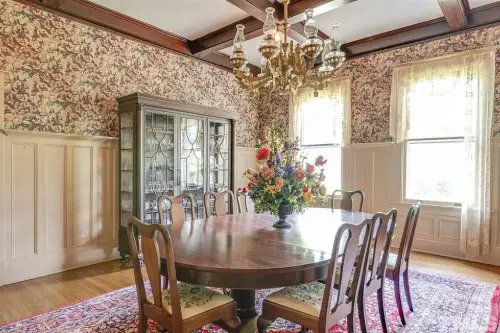
Overpartitioning a home into tight zones or blocking flow with unnecessary furniture makes the space feel chopped and compressed. You may have more rooms—but less room. Physical barriers translate to mental ones. Boxes don’t breathe.
Fix: Open up pathways, remove redundant pieces, and embrace partial dividers like shelves or curtains. Clear movement feels like clear mind. Space is as much about ease as edges. Walkability is spaciousness made visible.
10. All-Matching Furniture Sets
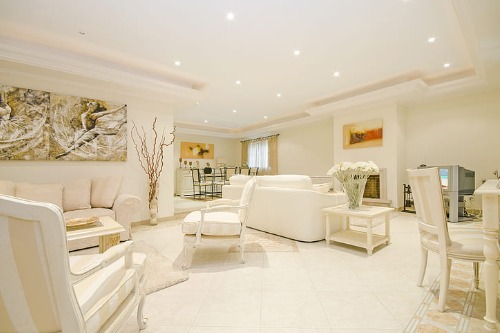
Uniformity might feel safe—but it lacks visual movement, causing the eye to stop rather than explore. Matching pieces create monotony, which can make rooms feel smaller than eclectic ones. There’s no visual pull, only pause. Symmetry stalls scale.
Fix: Mix materials, styles, and shapes to build interest and dimension. A vintage chair next to a modern table expands personality—and perception. When every piece tells a different story, the room feels bigger. Contrast energizes space.
11. Mirrors Placed Poorly
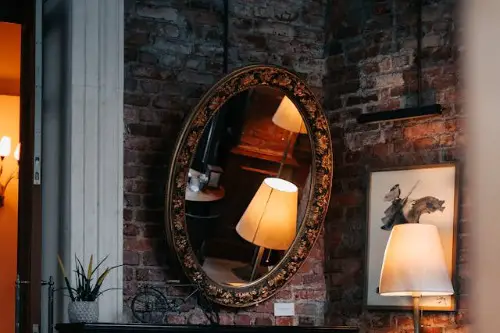
Mirrors can reflect light and expand space—but when positioned to echo clutter or blank walls, they amplify problems. Instead of boosting depth, they multiply density. A mirror facing storage isn’t magic—it’s mess doubled. Reflection without direction shrinks the vibe.
Fix: Angle mirrors to catch windows, light sources, or open zones. Use them to redirect attention outward. Strategic placement is spacious placement. Mirrors should open, not echo.
12. Overly Decorative Ceilings
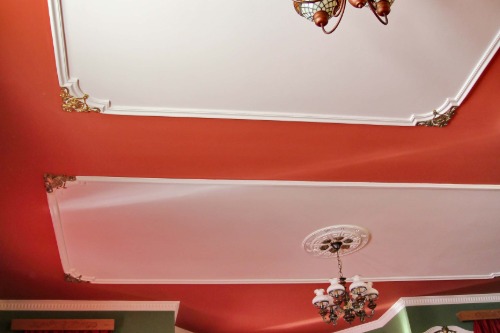
Heavy beams, dark paint, or elaborate moldings can make ceilings feel lower—especially in smaller rooms. Instead of grand, they read compressed. Your vertical clearance starts to feel like a lid. Drama becomes downward pressure.
Fix: Use light tones, flush fixtures, or simple textures above to elongate. Let the ceiling lift the mood, not weigh it down. The top of your room is your expansion card. Keep it light to stay lofty.
13. Ignoring Corners
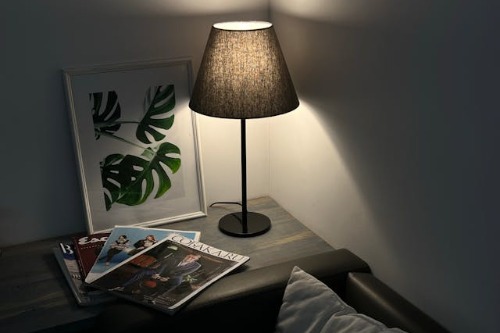
Empty corners or sharp junctions left untouched make rooms feel unfinished and confined. They’re spatial opportunities turned into voids. When corners don’t engage, the eye ends—and so does motion. You’re halting the flow.
Fix: Use corner shelves, plants, lamps, or art to activate forgotten zones. Curved furniture or angled décor draws the energy inward. Corners should hug the room, not stiffen it. Completion creates calm—and spaciousness.
This post 13 Things That Make Your Home Feel Smaller Than It Is (And How to Fix Them) was first published on Greenhouse Black.
